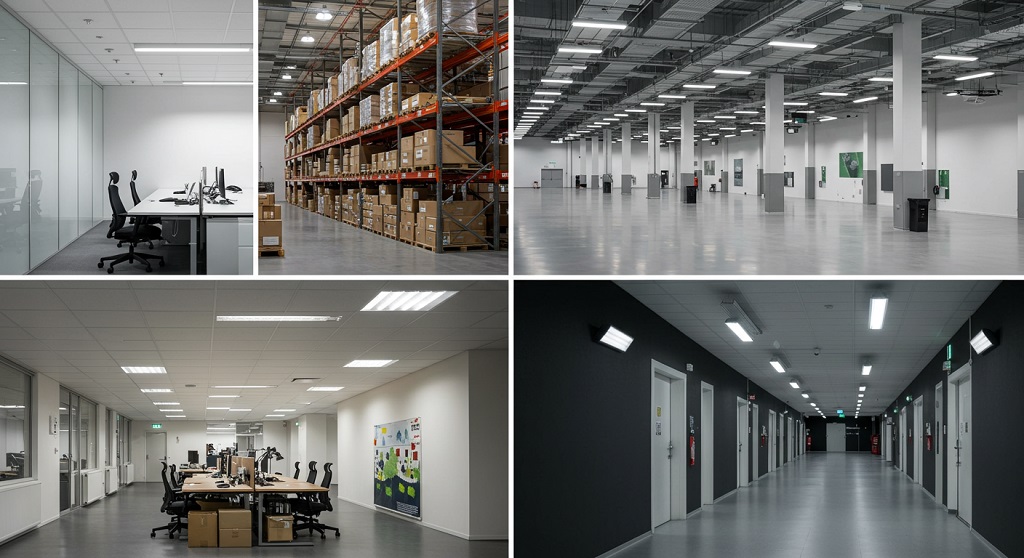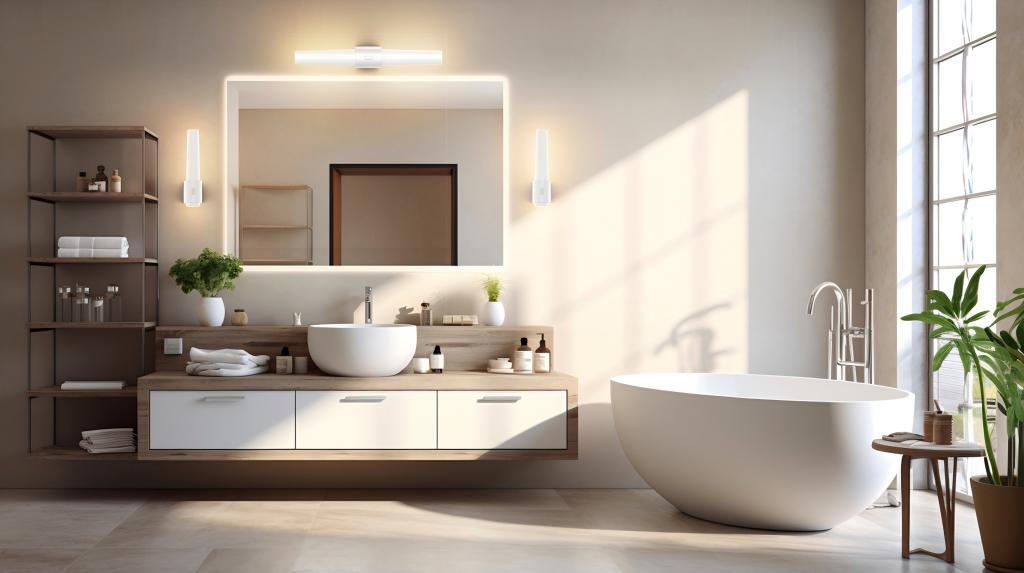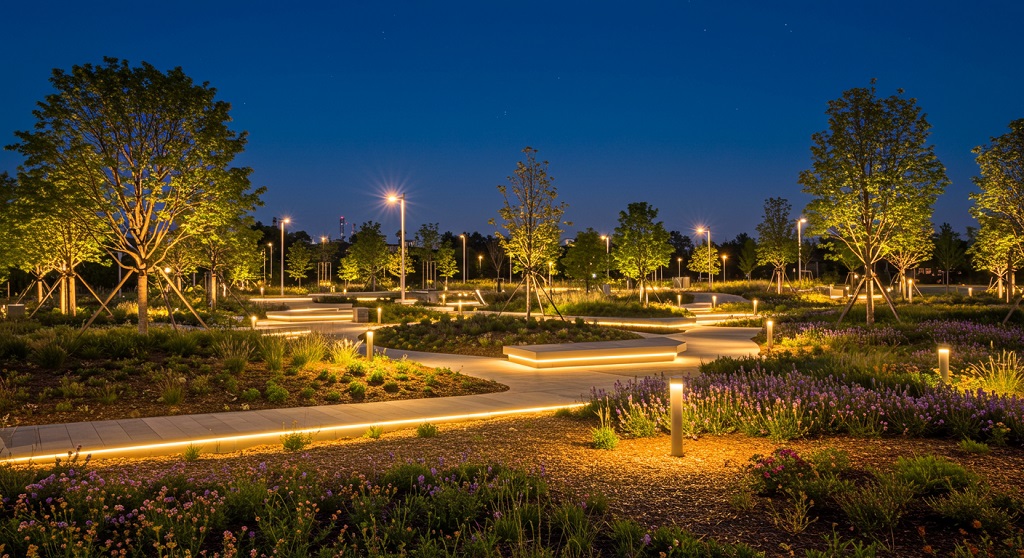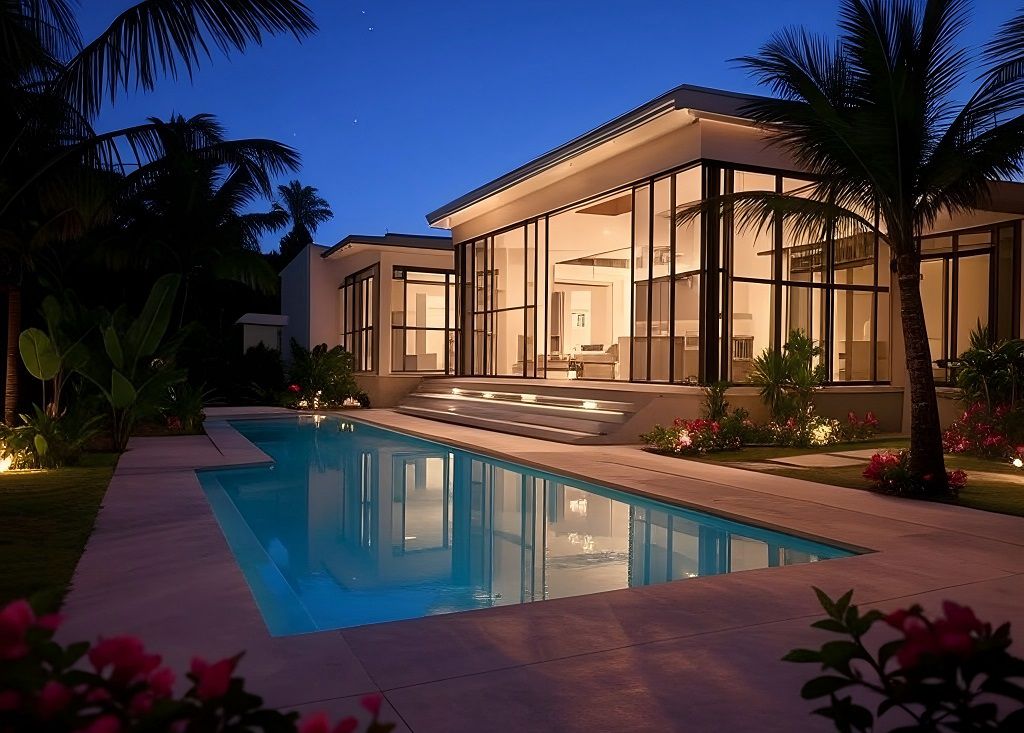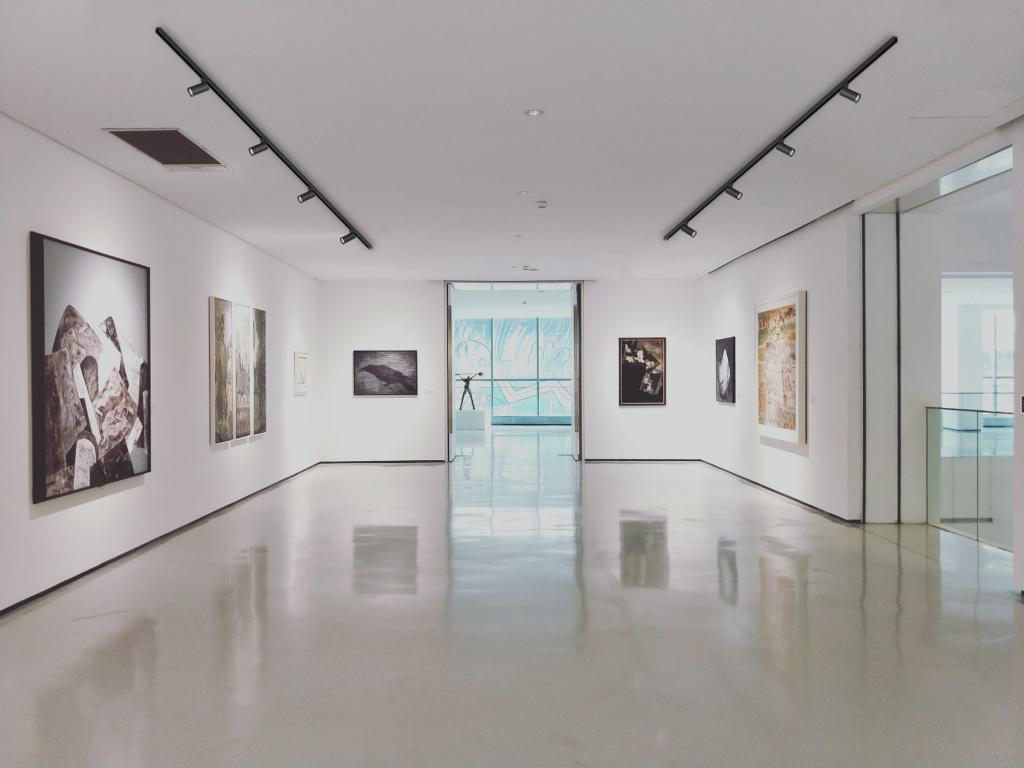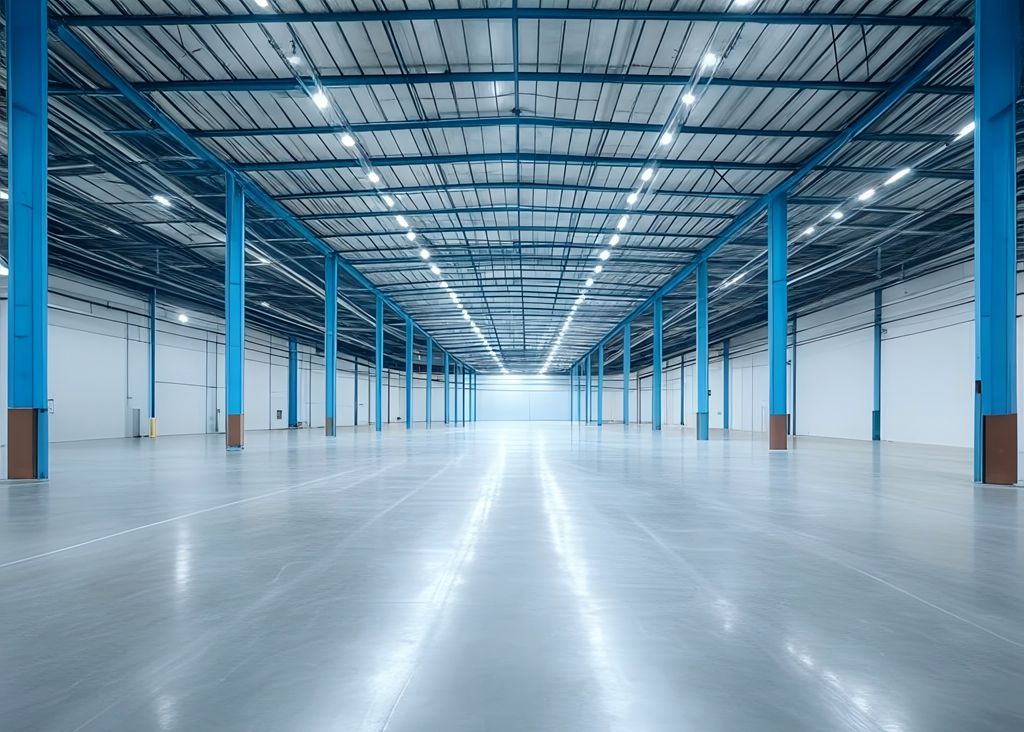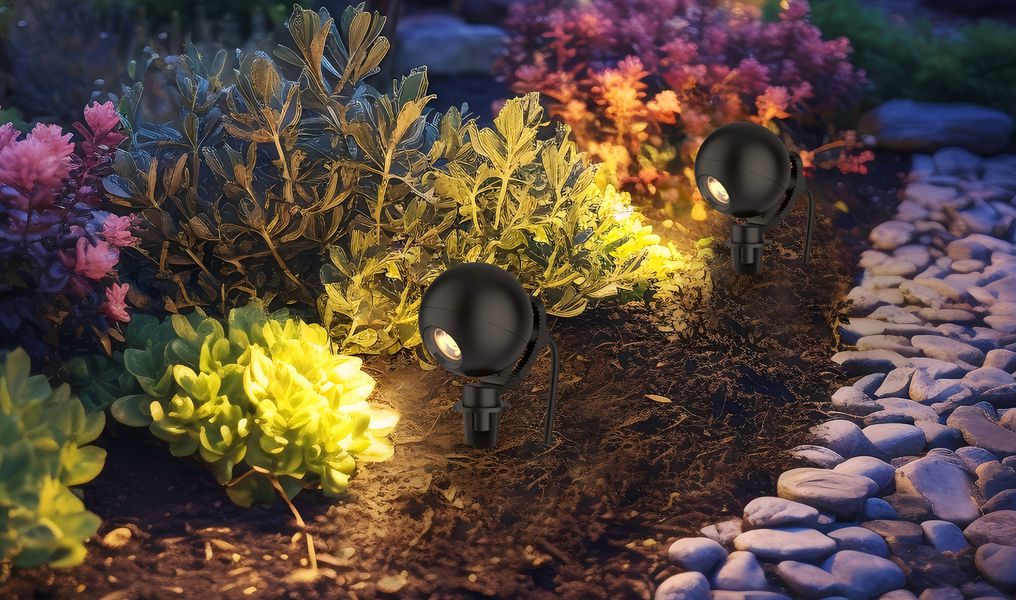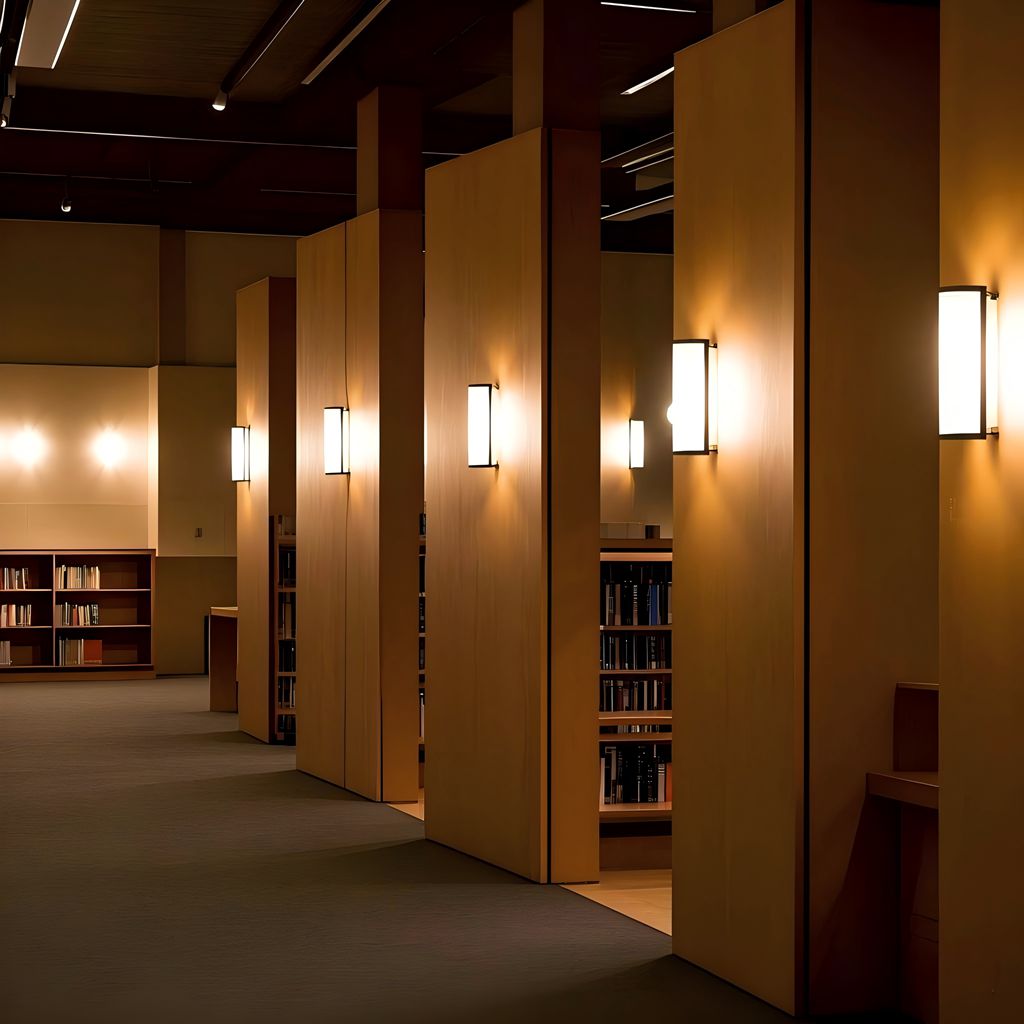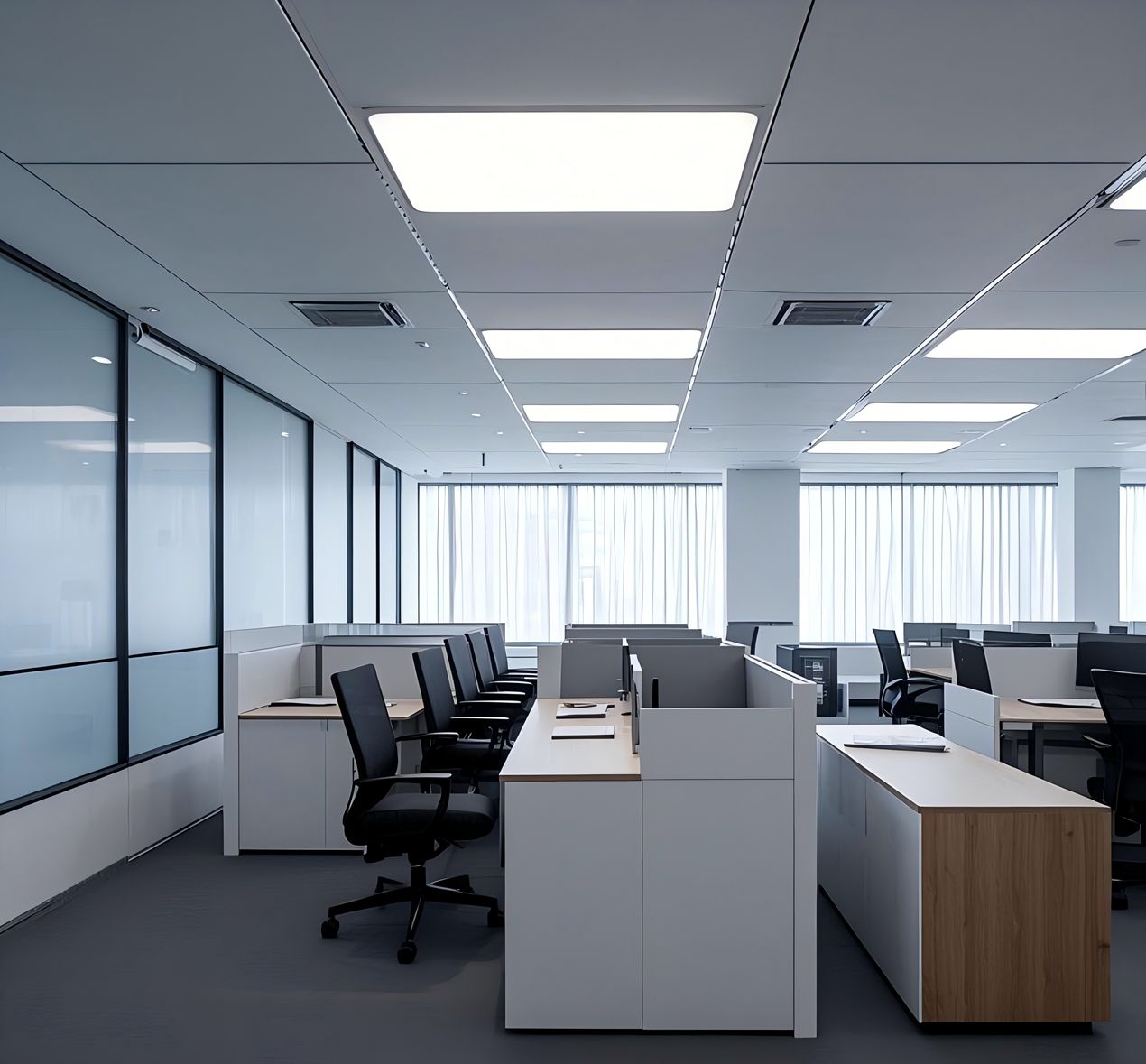The form of direct light and indirect light
Light exits everywhere during the day and night. During the day, we can see the natural light directly from the sun and sky is called direct lighting. Light bouncing off the surface of any object and illuminating other objects is called indirect lighting. For example, direct lighting is when the sun shines onto the lake, creating a shimmering effect on the water and a vibrant green hue on the leaves. On the other hand, the light through the trees cast shadows, sunlight light reflected off the ground and other trees, illuminating the shaded areas around us which is known as indirect lighting.
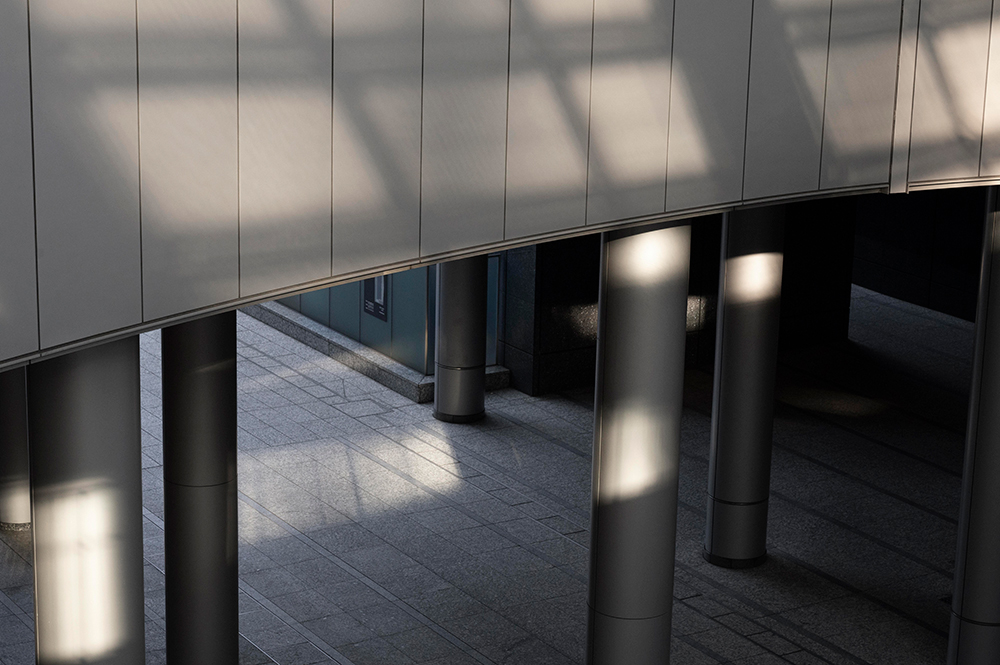
Artificial light
The application of artificial light uses the principle of natural optical phenomenon. Artificial light mimics natural light that can be produced from artificial sources such as candles, fire, electricity, etc, it’t become one of the vital factors of modern living, maintaining people's daily lives in dark areas or at night. Artificial lighting fixtures are seen as an important lighting tool to keep daily light going well, and also as decorations for aesthetic space.
Classification of light fixtures
Artificial light can be dated back many years ago, such as the born of the candle, then the born of the Edison bulb, etc, but in recent decades years develop, advances in lighting have made a huge difference, from incandescent light to fluorescent light to LED light and smart lighting. LED lights are the standout lighting fixtures in modern days for their high efficiency and energy-saving functions, which create the direct light and indirect light effect close to natural daylight.
Artificial Direct lighting
Artificial direct light is a type of lighting fixture focused lighting on a single area and provides task-oriented activities like reading, working, or cooking.
Artificial Indirect lighting
Artificial indirect light is a type of reflected light that direct light bounces off one surface to another surface, creating a surfer, more ambient atmosphere.
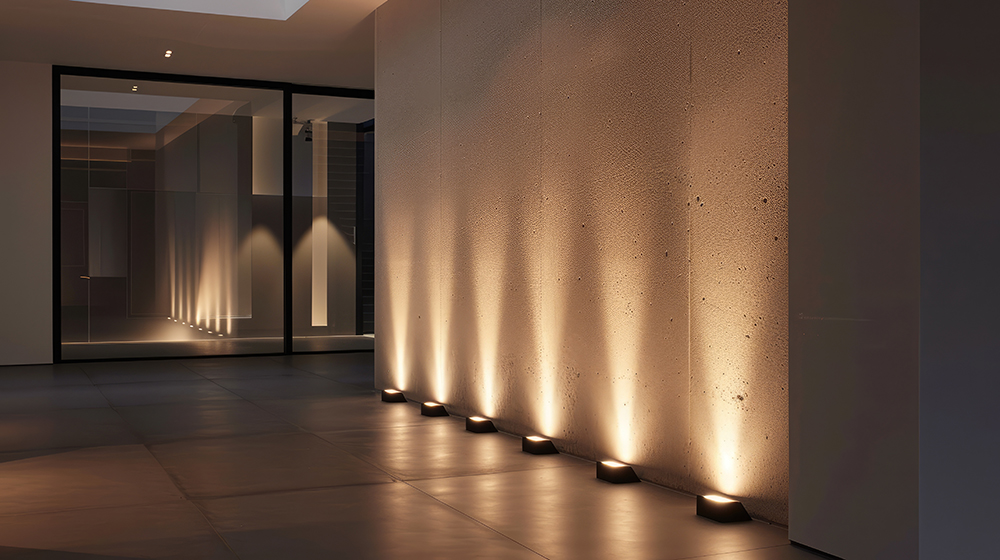
Representative lamps of direct light and indirect light
Example LED fixtures of direct light
LED downlight and LED spotlight are both typically focused lighting tools for task lighting. On the one hand, LED downlights and LED recessed downlights are usually installed on the ceiling throwing light upon designated areas, providing high enough lumen for the task object. On the other hand, LED spotlight is usually used to highlight specific features for it operates on higher voltage and has high-intensity illumination.
Application
Most of them are indoor and outdoor use for commercial areas and residential areas, such as kitchens, classrooms, offices, etc., because they are minimalistic and elegant designs, excellent for highlighting a specific feature and directly catching people’s attention to something, and more safety for illuminate high-risk areas like corridors and stairs, etc.
Example LED fixtures of indirect light
Indirect lighting often known as ambient lighting or general lighting, it seems like a “hidden” light fixture lighting up dark spaces that always have an Illusion of spaciousness than direct lighting, reducing glare, softening shadows, and creating a relaxed atmosphere. The representative LED fixtures for indirect lights are wall sconces, recessed can light, chandeliers with upward-facing shades, floor lamps with upward-facing shades, and cornice lighting.
Application
Most indirection light fixtures are for indoor use for residential and commercial areas, such as spa rooms, hotels, KTV, living rooms, bedrooms, and restaurant offices.
Drawbacks of direct lighting and indirect lighting
Too much direct lighting may create harsh shadows and a cold atmosphere, causing eyes to be uncomfortable, it is not as warm and soft light intensity as indirect lighting. However indirect lighting may not be as effective for task-oriented activities that require focused light, it likely has potential shadows or uneven lighting, especially in corners or areas that are not directly illuminated.
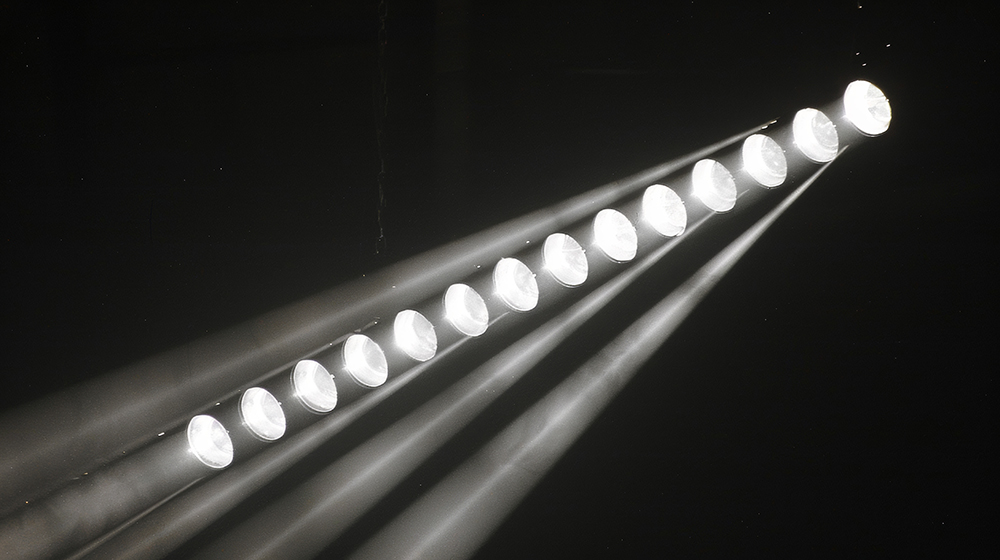
Balance of the direct light and indirect light
After finding the drawbacks of direct light and indirect light as above, if want to light well your space, the key consideration is to find the right balance between direct and indirect lighting.
Firstly, probably using natural light. Use sheer curtains or blinds with motorized options for easy adjustment to control the amount of sunlight entering your space, then place mirrors or reflective surfaces near windows to bounce natural light deeper into the room.
Secondly, artificial lights should be properly placed and installed after considering daytime light conditions. Combine overhead fixtures, table lamps, and floor lamps to create a variety of lighting options, and install dimmers to adjust the intensity of artificial light according to your needs. What’s more, fixtures that direct light upward toward the ceiling can be used to create indirect illumination, or fixtures can be placed close to the wall for a bright result.
Thirdly, properly consider the room layout. Arrange furniture to avoid blocking natural light sources, and use light-colored walls and ceilings to reflect light better than dark ones, making the space feel brighter.
The blend of both indirect and direct lighting better cater to both tasks of creating ambient light and enough brightness for performing tasks, they can complement each other and overcome each other’s shortcomings.
Other tips
By carefully considering these factors and experimenting with different lighting options, you can create a harmonious and well-lit indoor environment that meets your needs and preferences.

